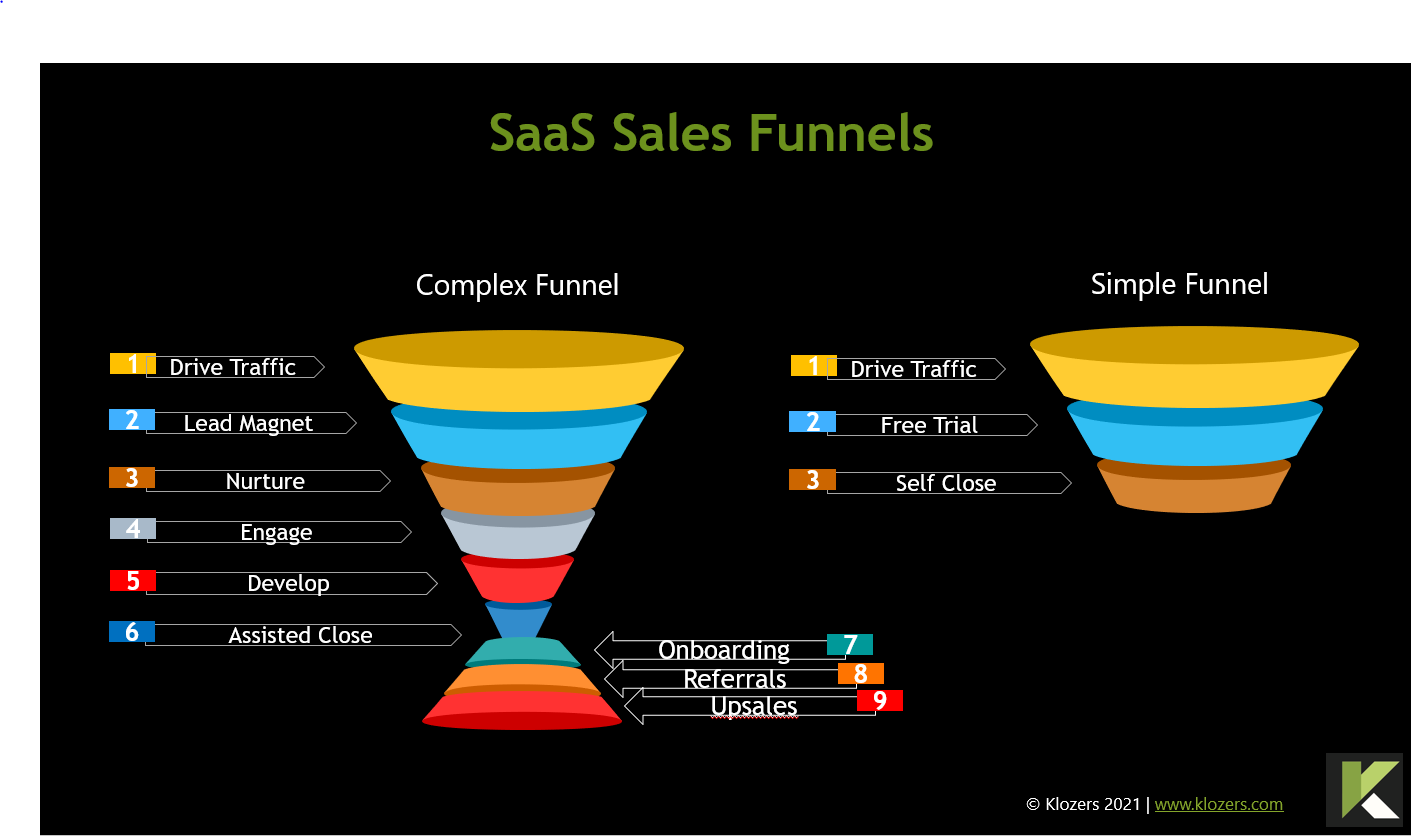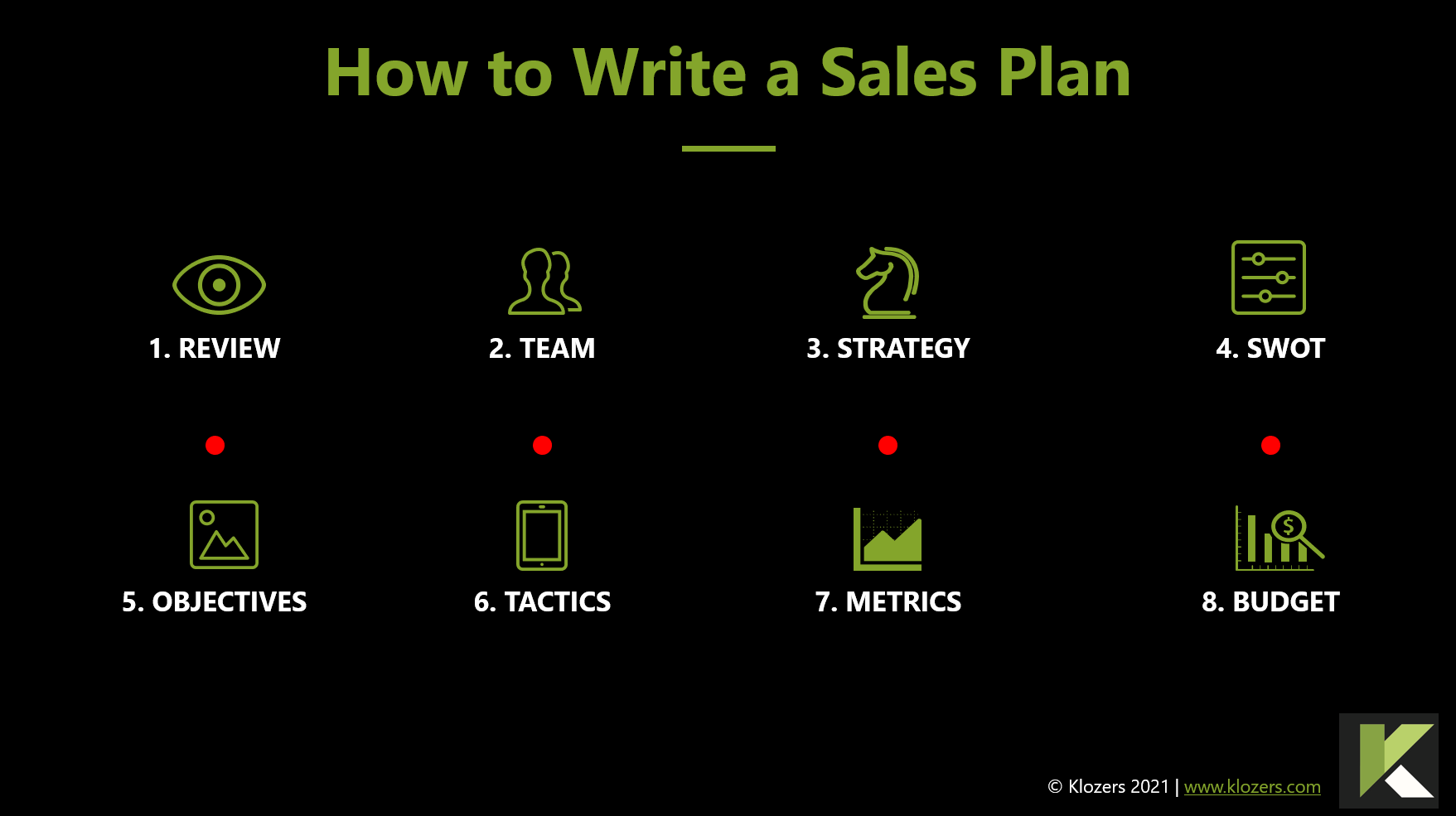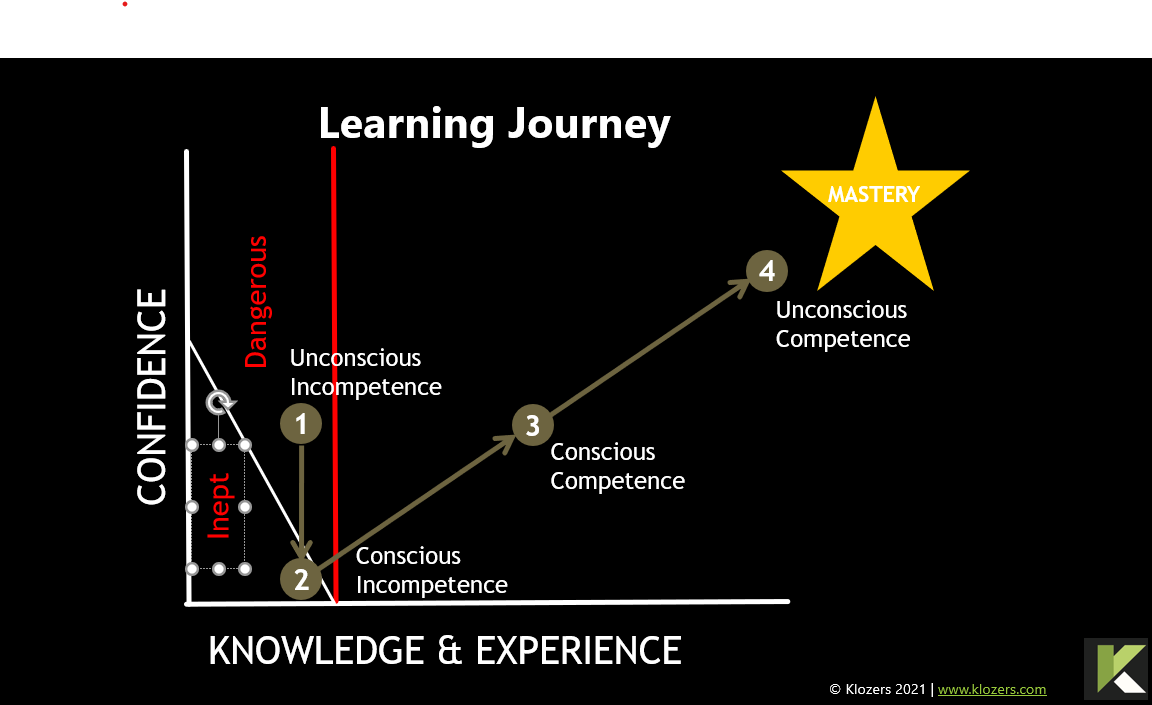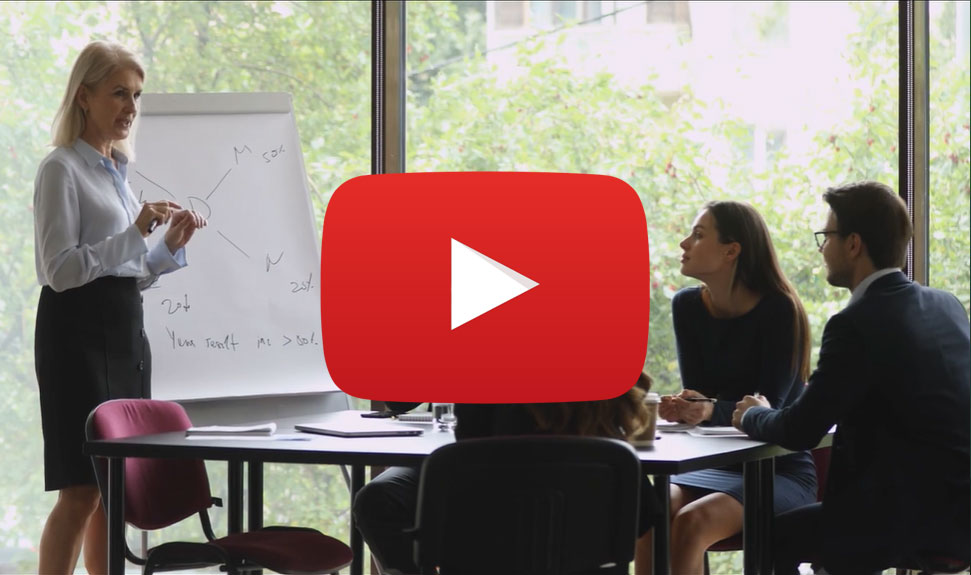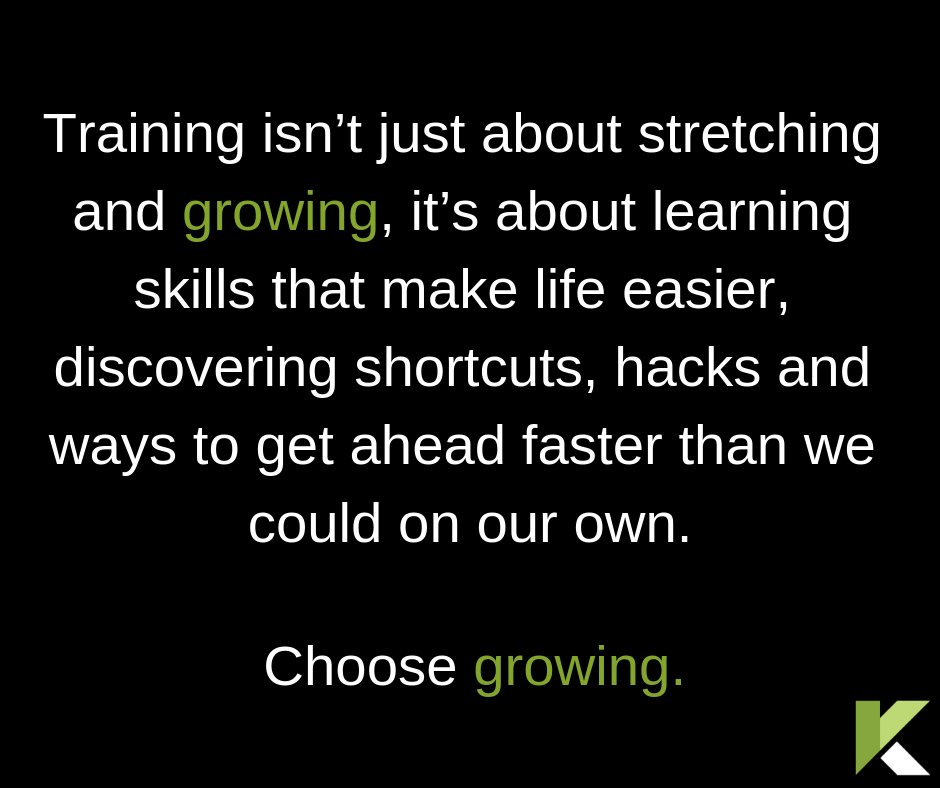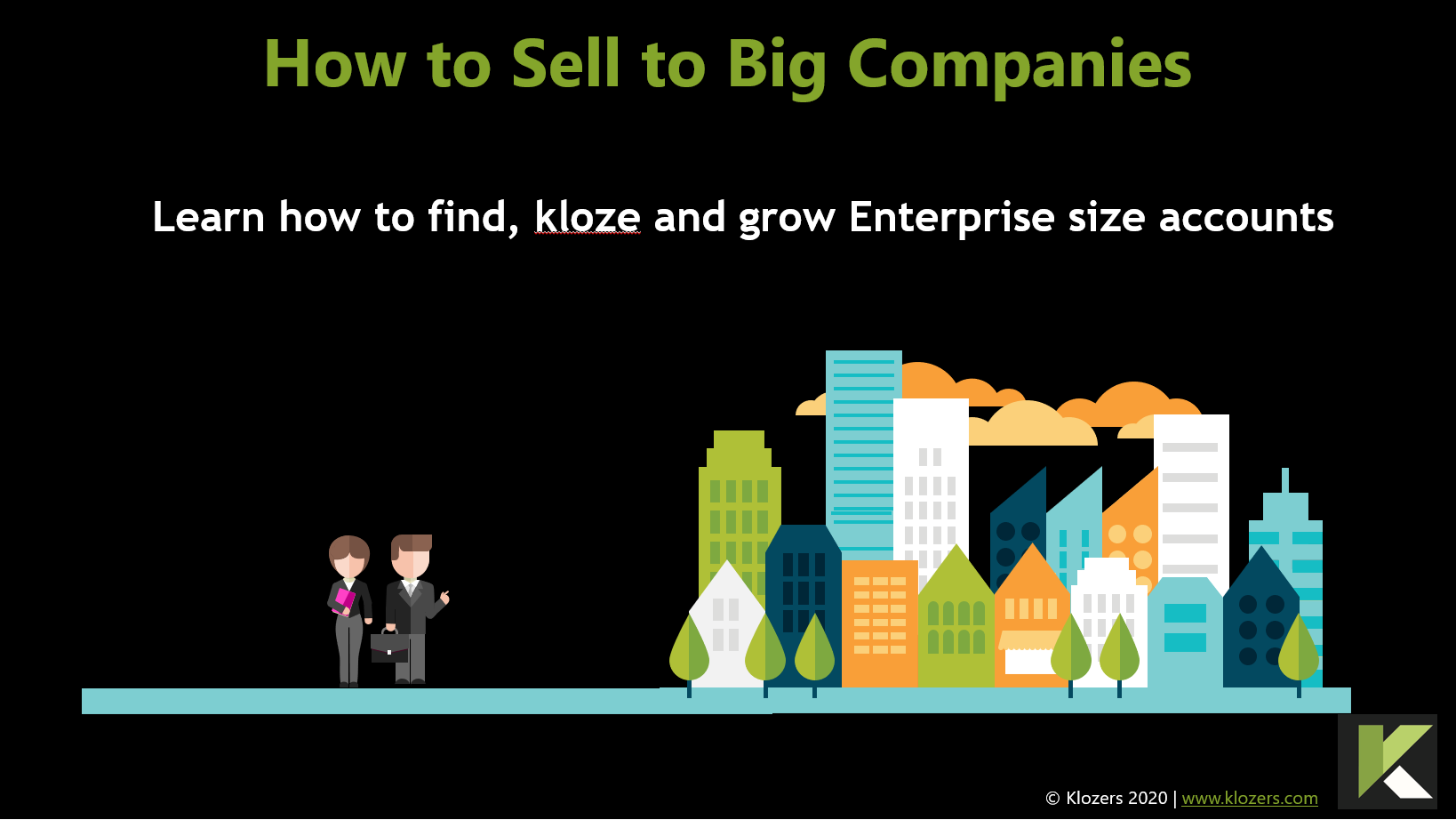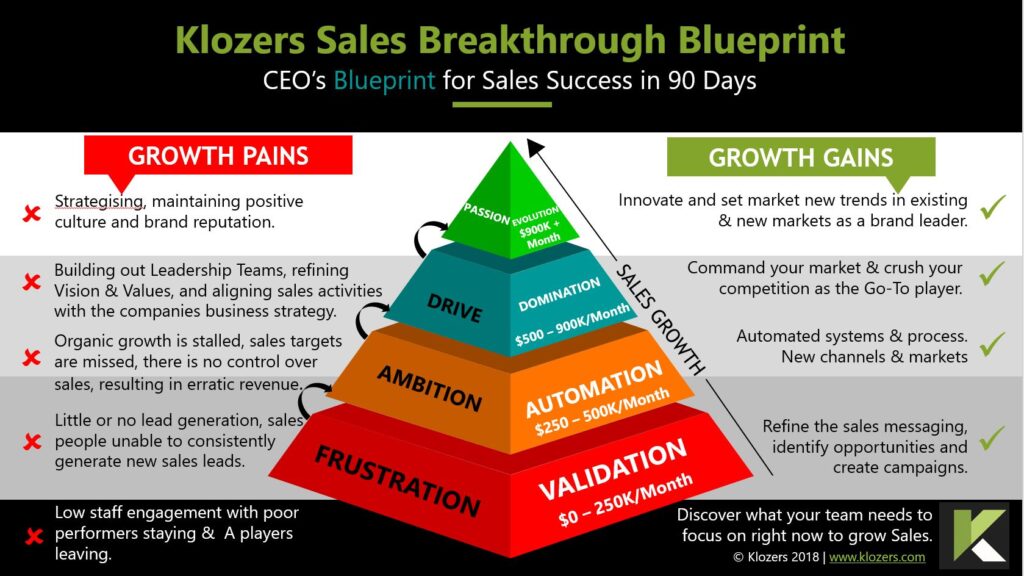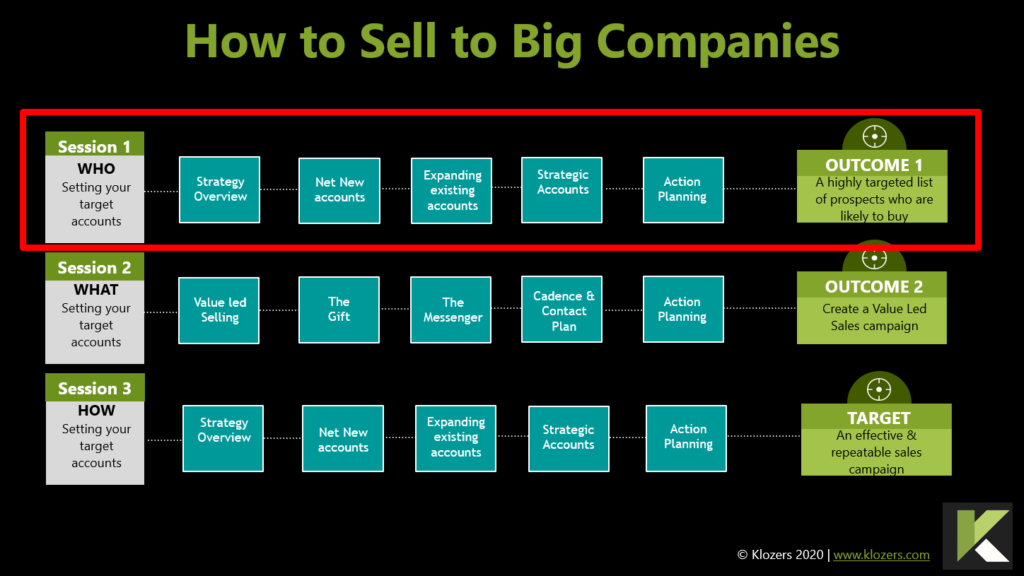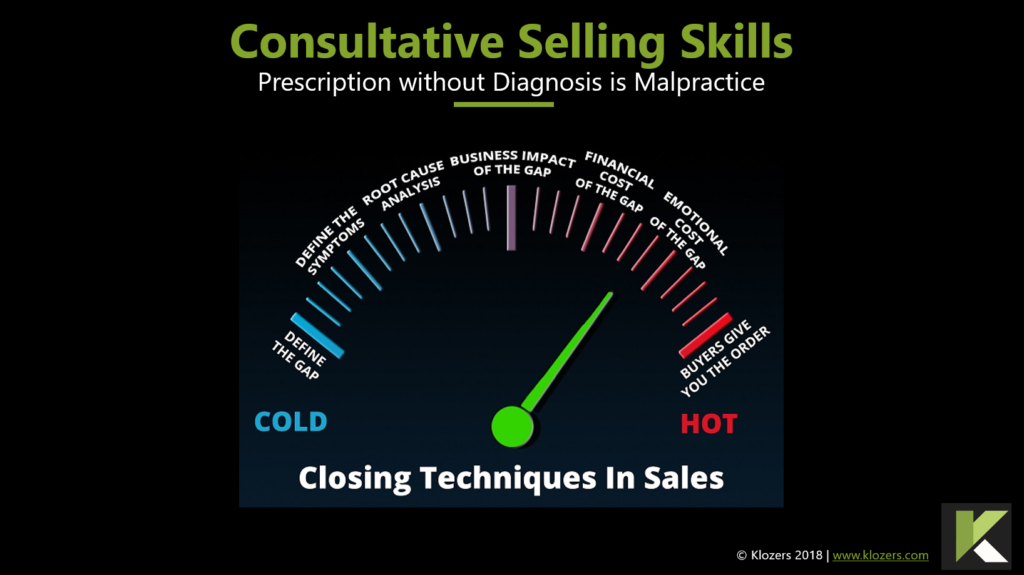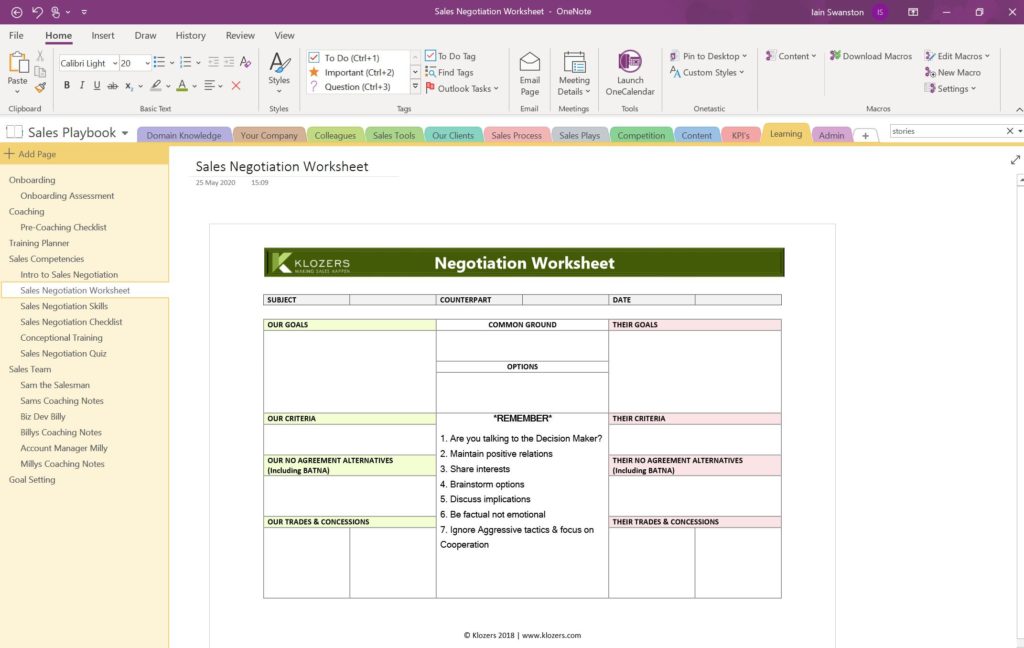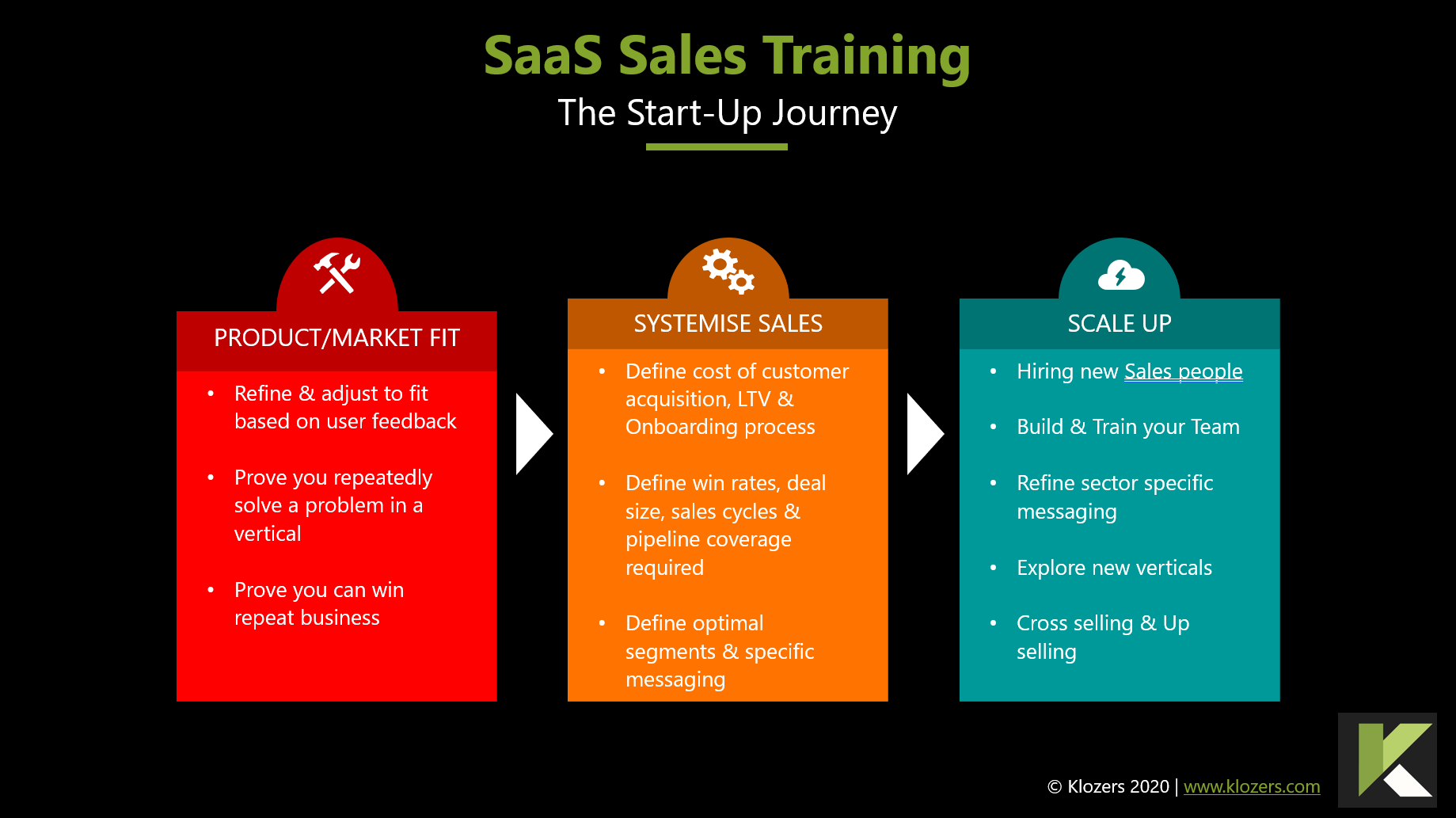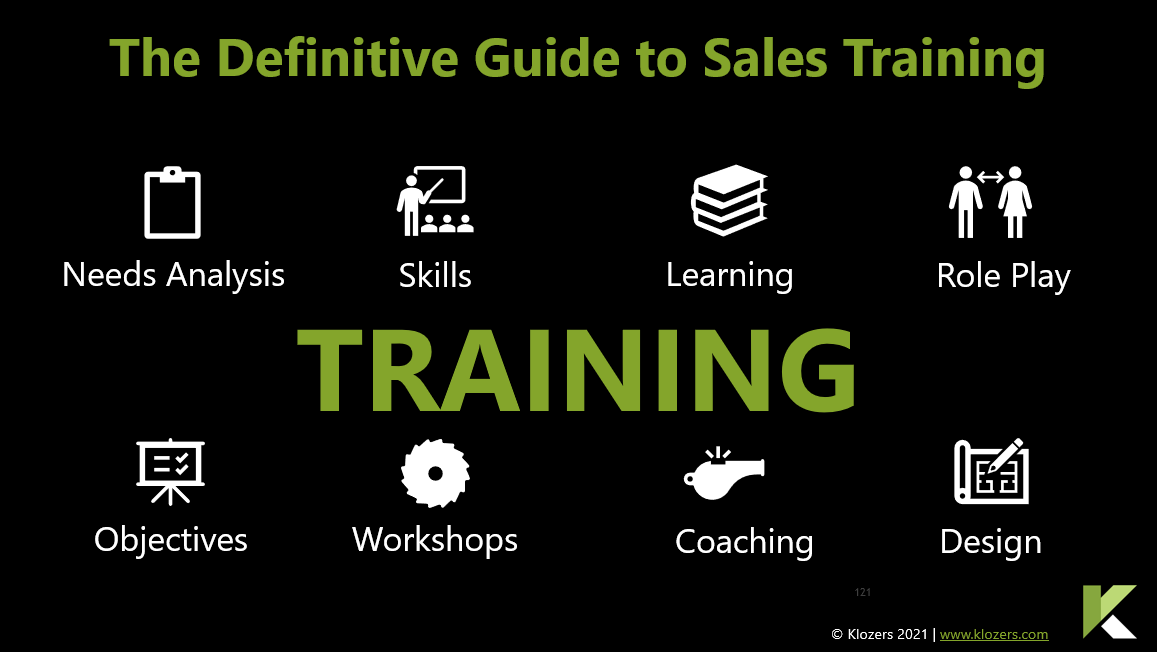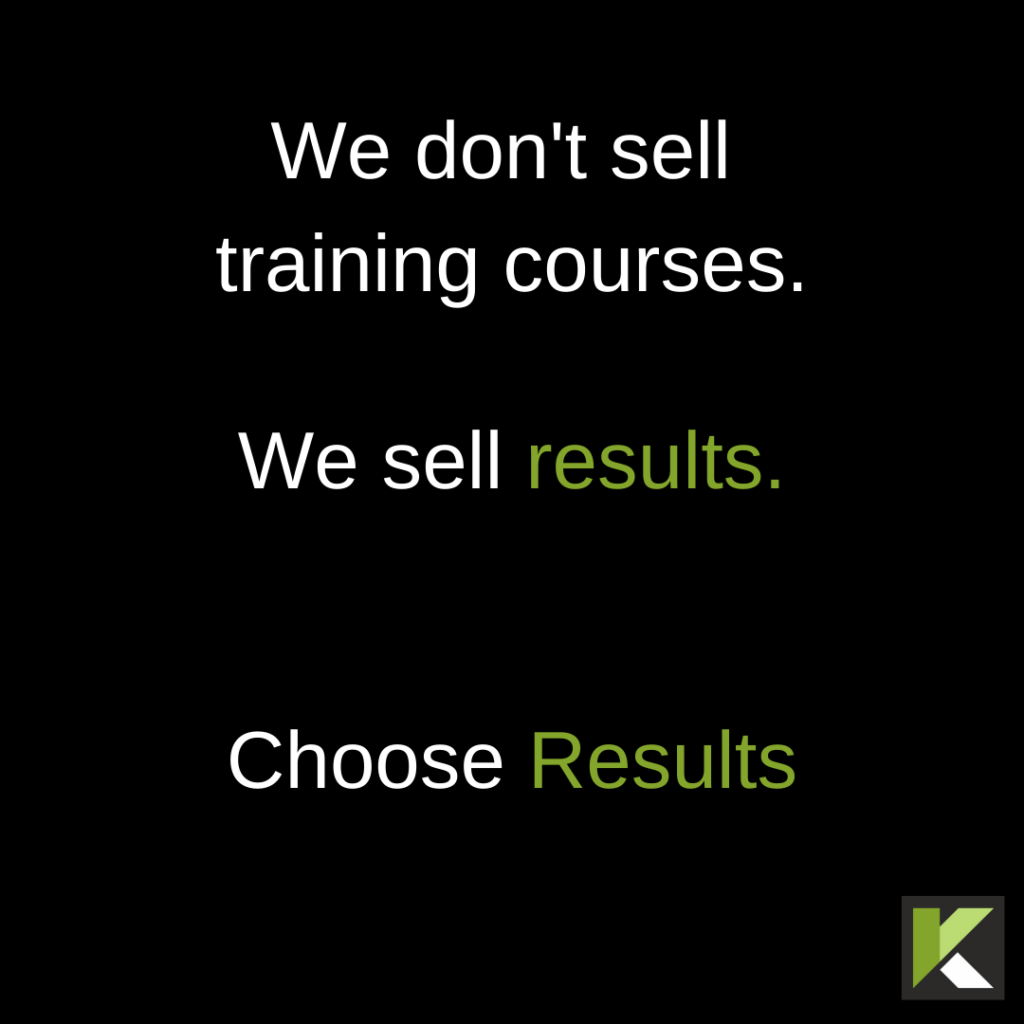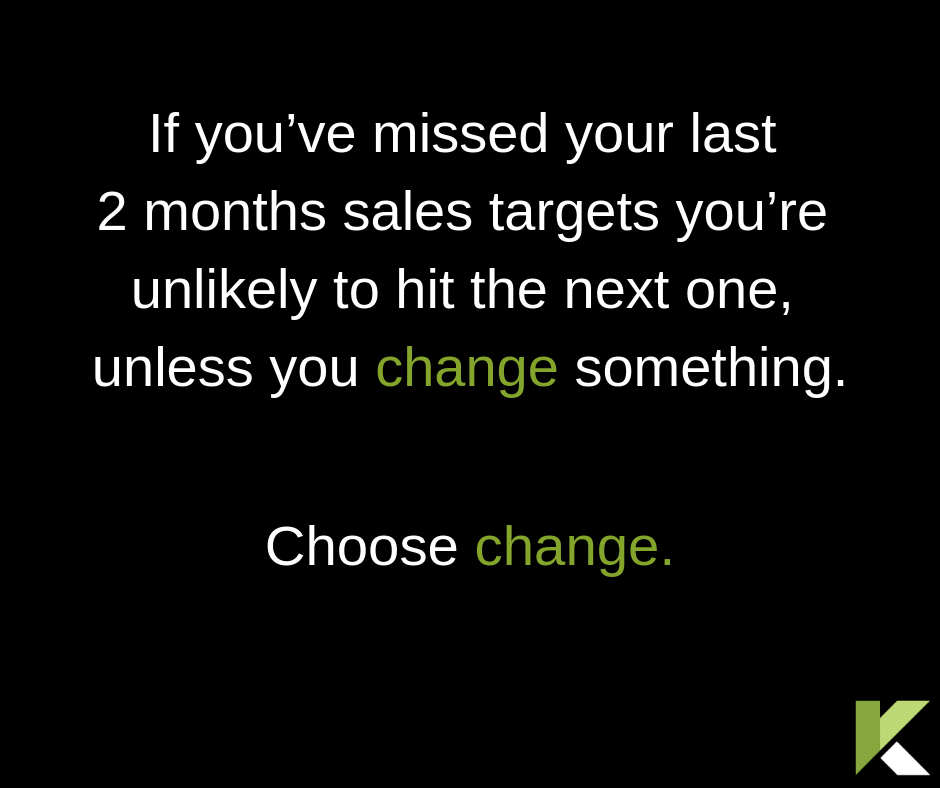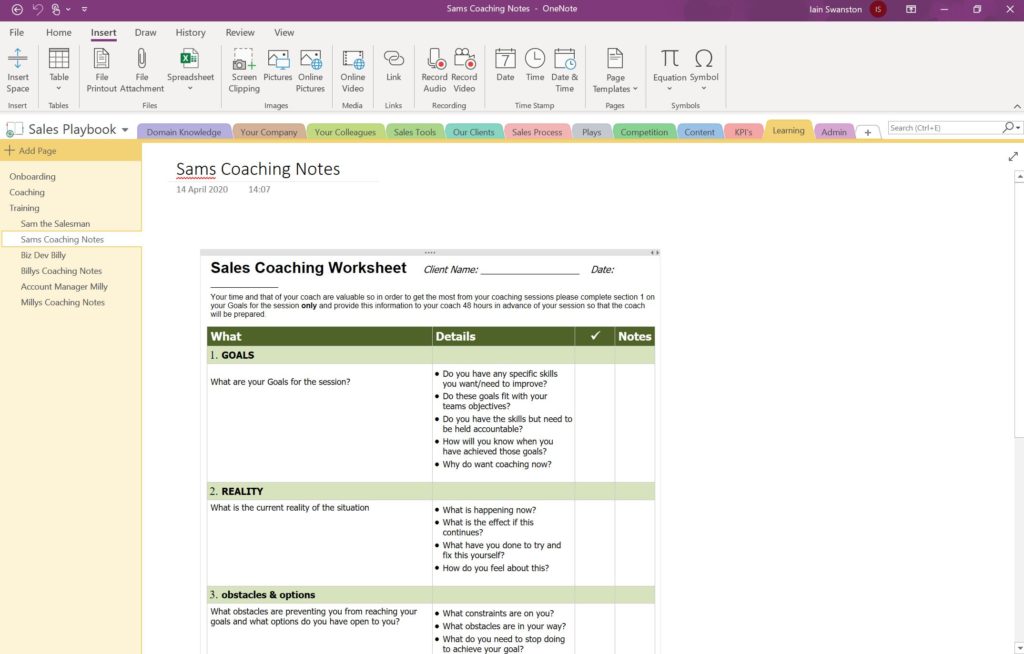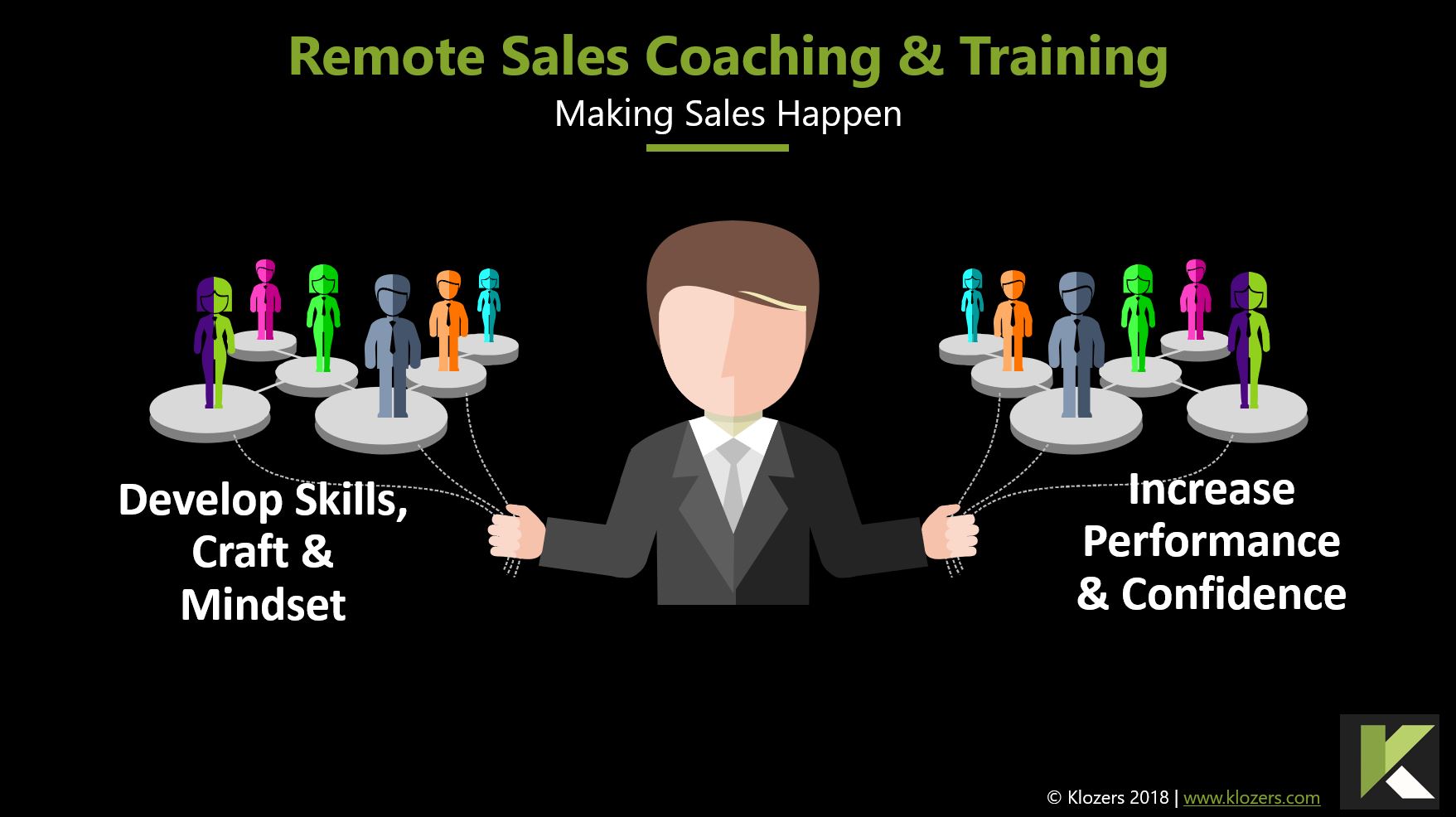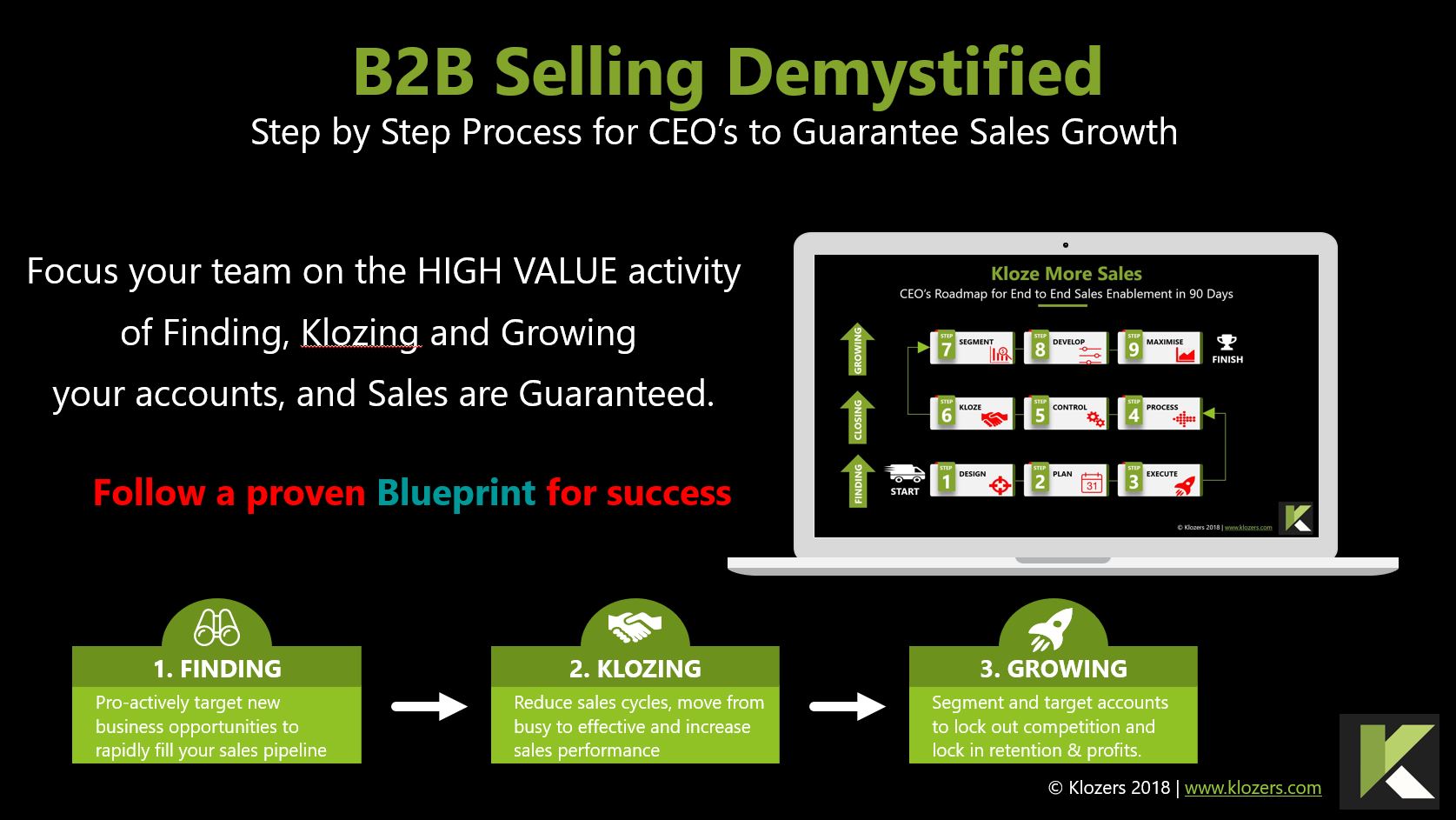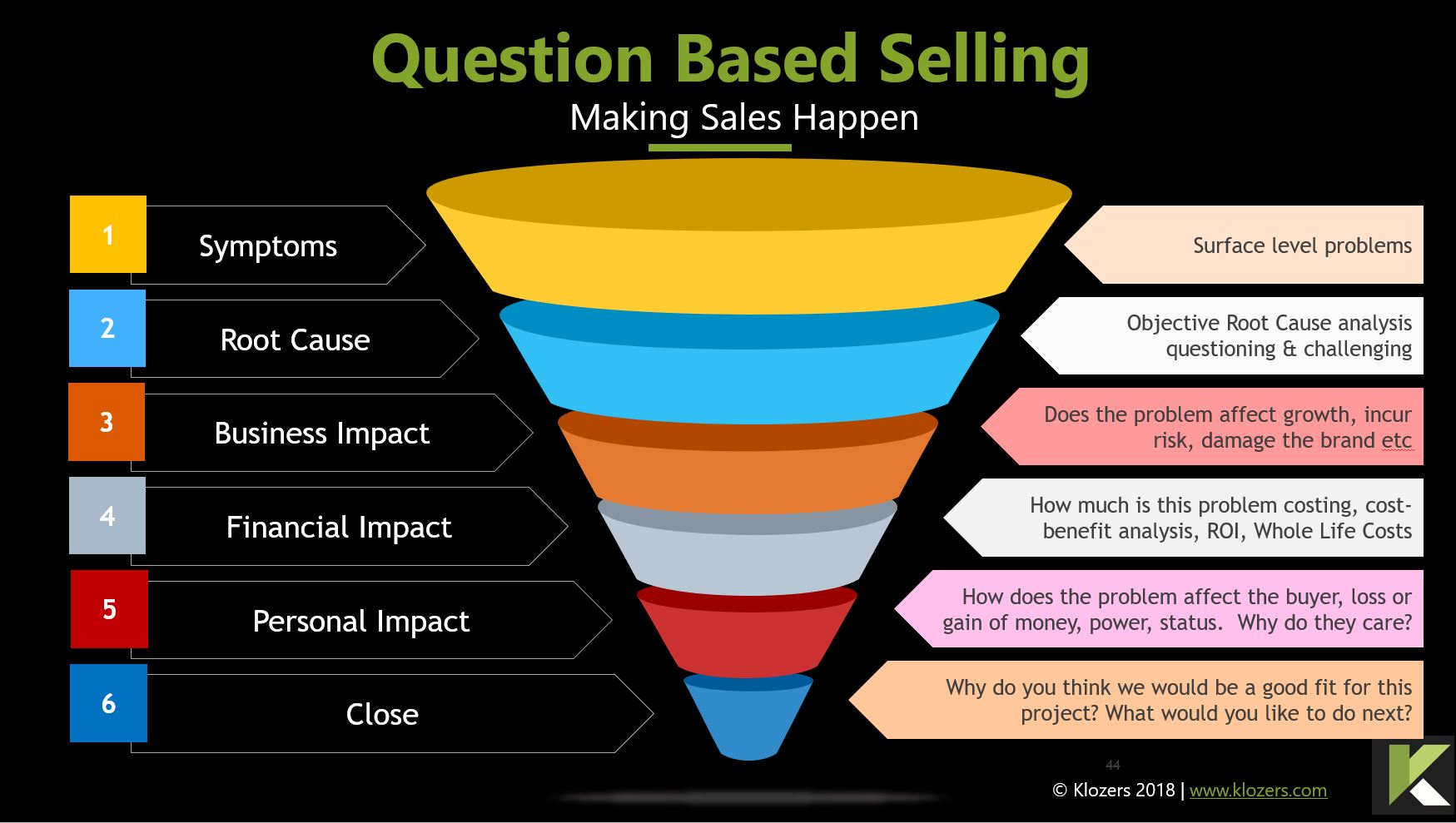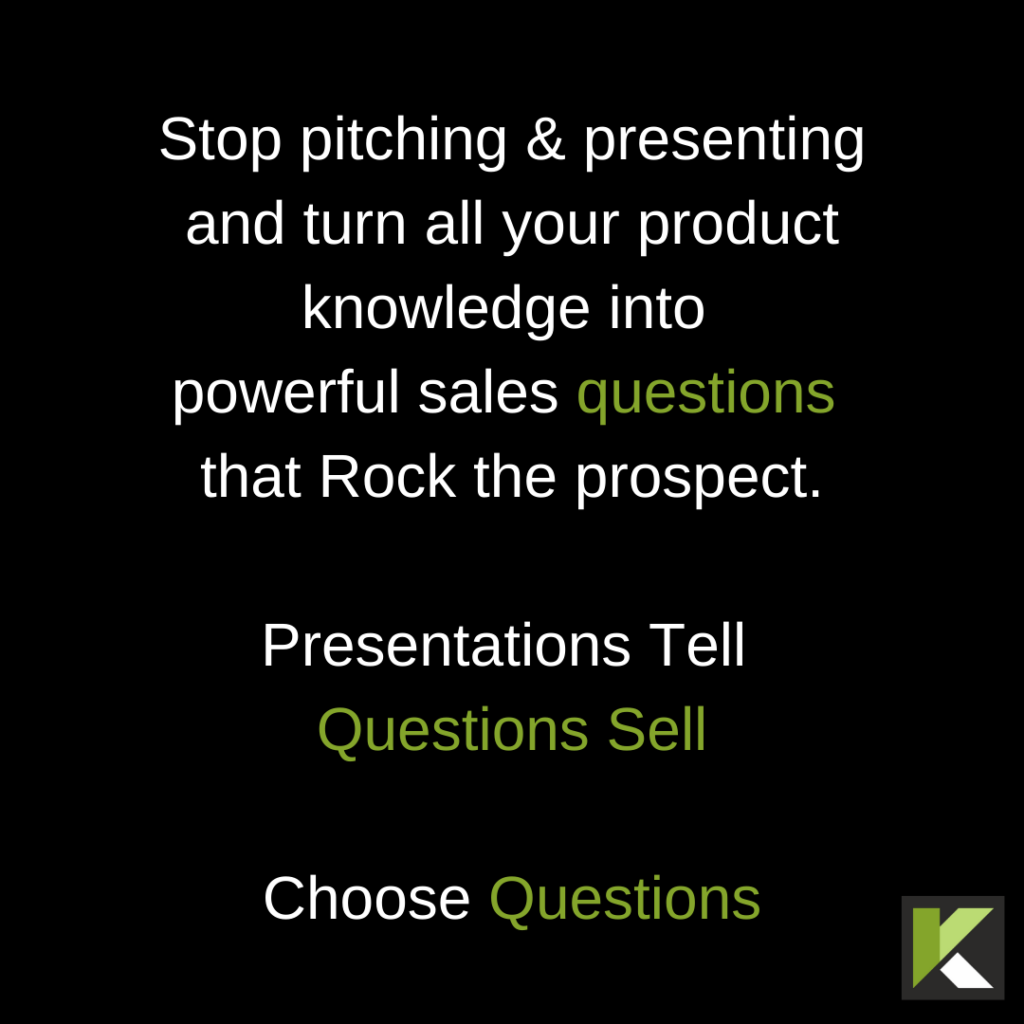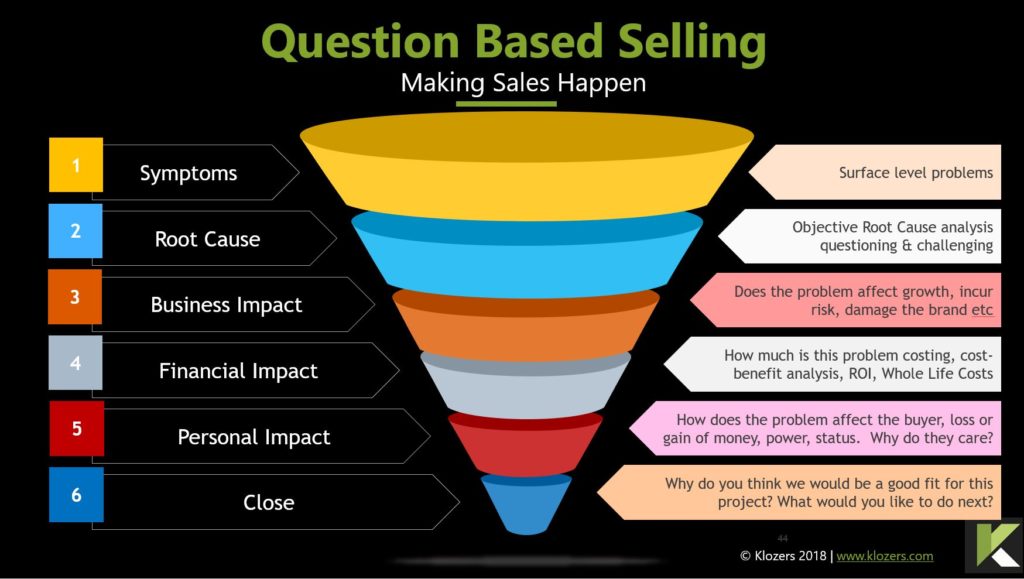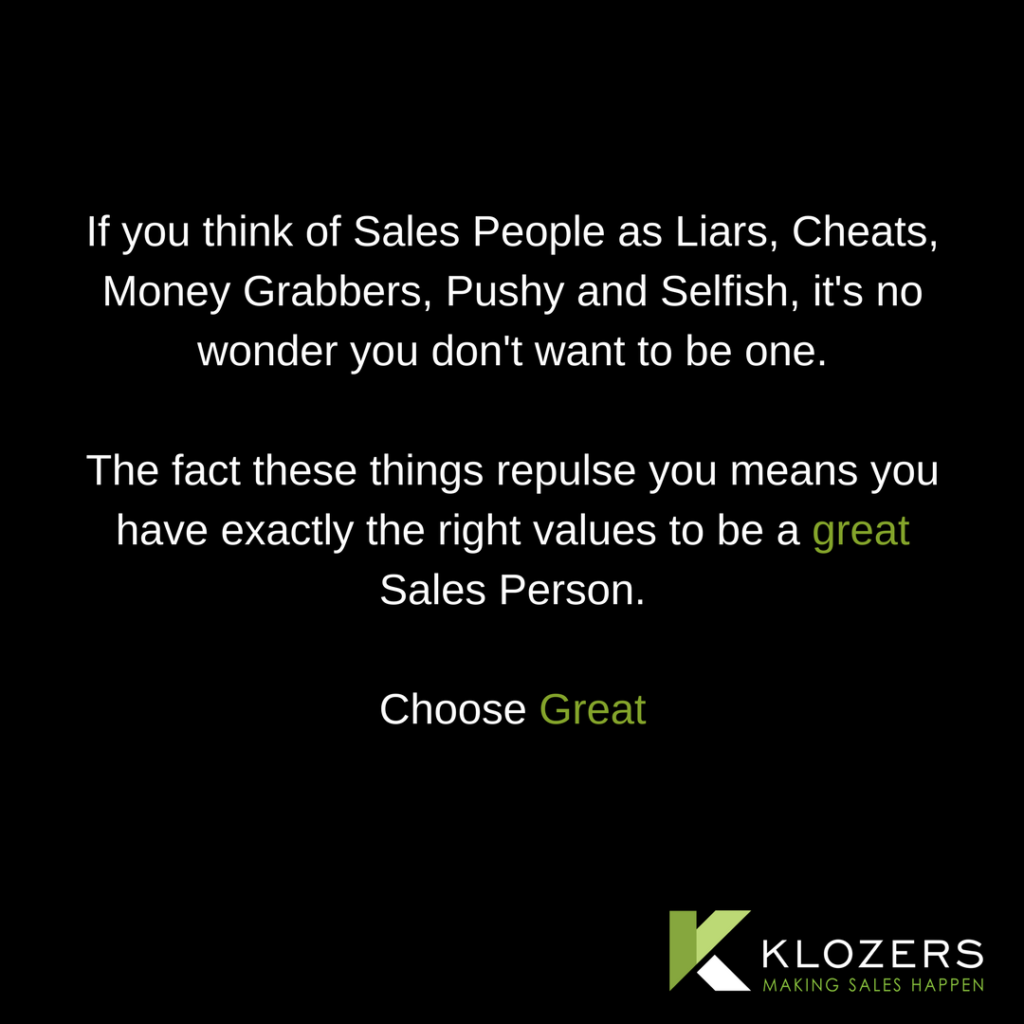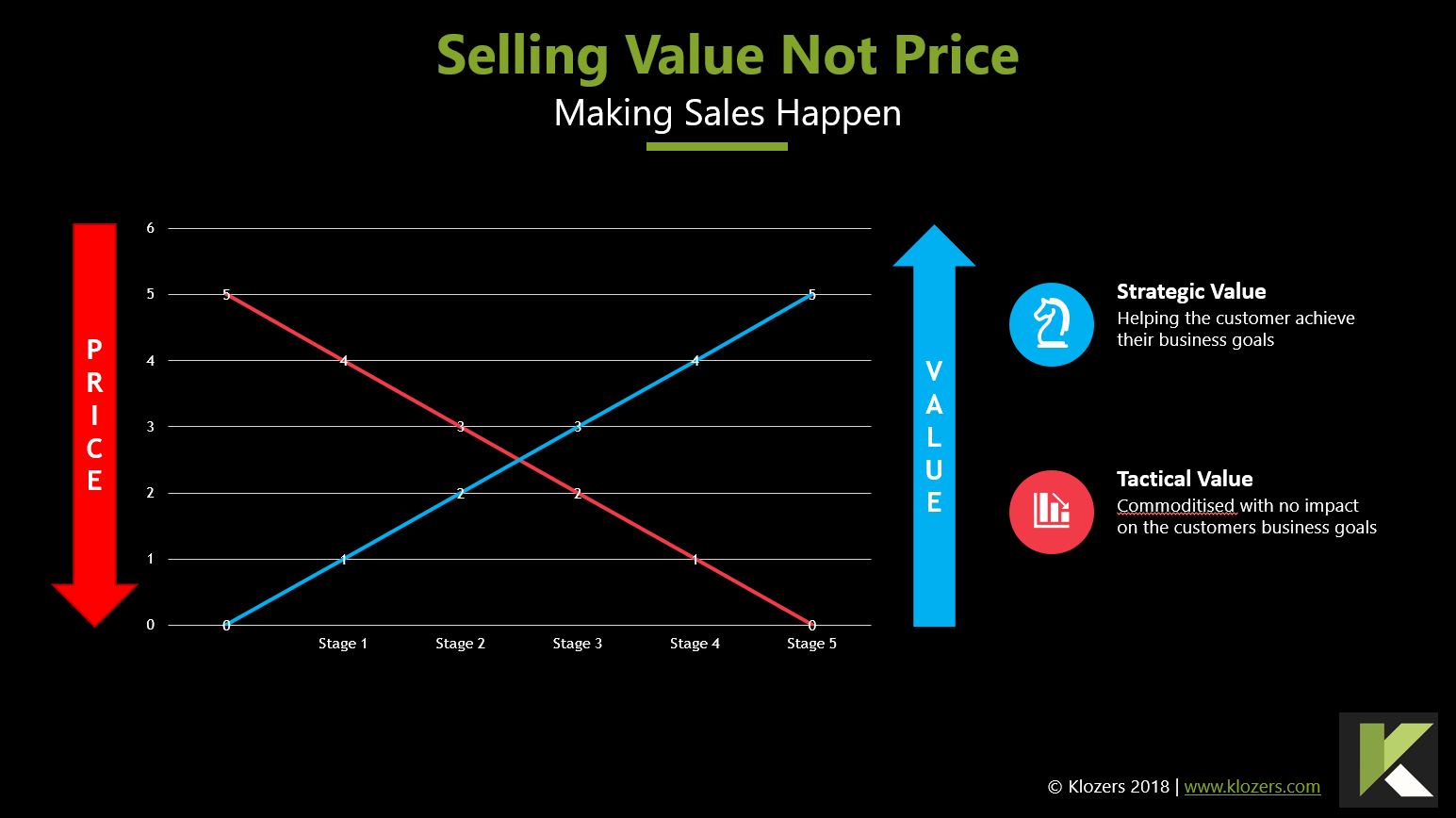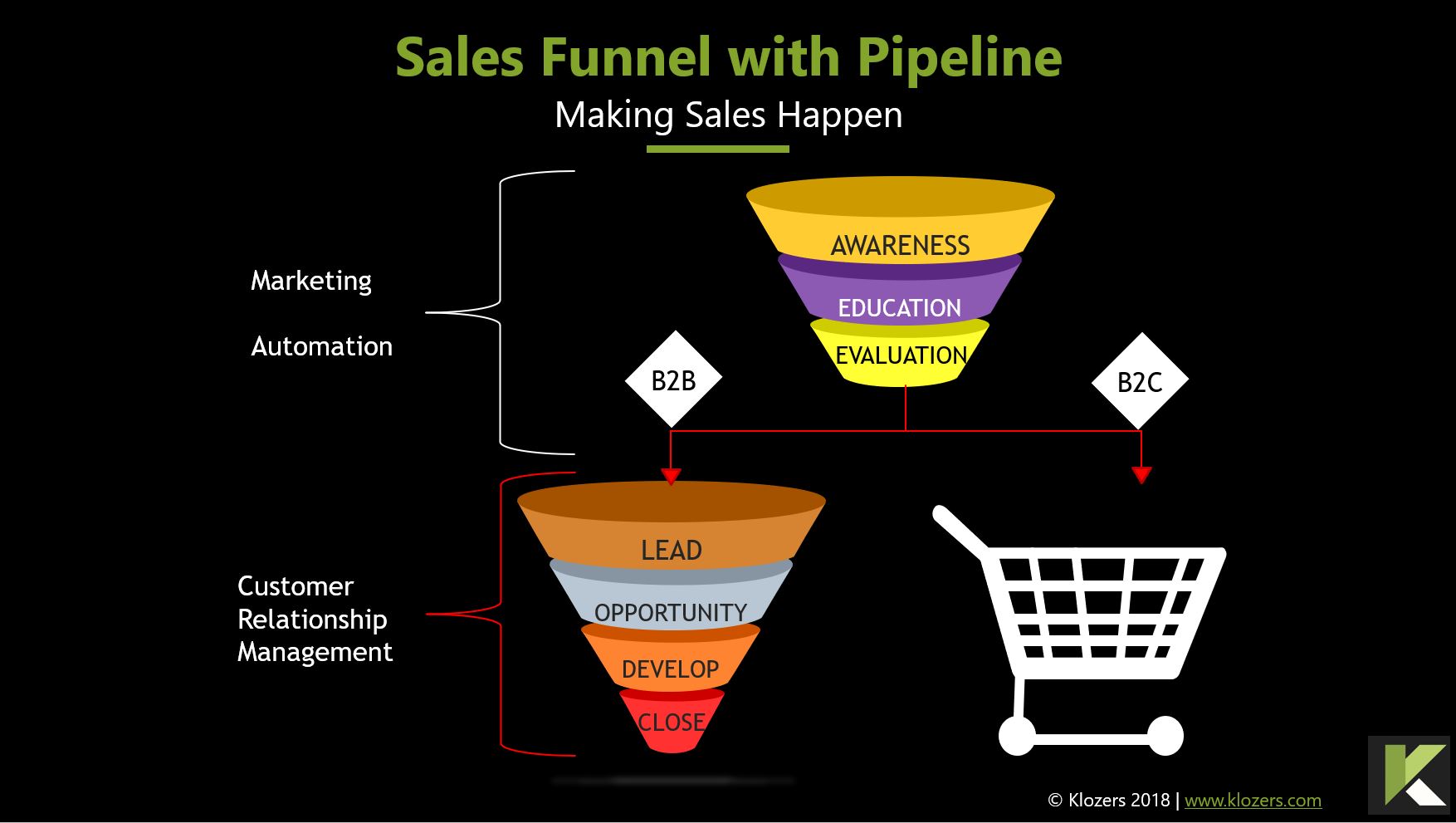Como construir um Funil de Vendas SaaS
1. O que é um Funil de Vendas?
Um funil de venda é uma sequência de acções, eventos ou fases que um utilizador atravessa antes de comprar um produto ou serviço. Os funis de venda são concebidos para permitir aos marqueteiros acompanhar, registar e optimizar o processo de venda para melhorar os resultados.
Pode saber mais sobre a nossa formação em vendas SaaS aqui.
2. Como construir um Funil de Vendas SaaS
O seu funil de vendas SaaS é uma parte essencial do sucesso das suas aplicações. Se estiver a oferecer aplicações SaaS então a criação de um funil de venda repetível, escalável e rastreável é um dos passos importantes que precisa de dar.
Parece fácil? Então pense de novo. O funil de vendas é onde muitas start-ups transitam para a luta pela geração de receitas, e em muitos casos falham.
Antes de começar a construir o seu funil, vale a pena considerar primeiro onde se encontra na sua viagem de aplicação.
3. As três fases principais do desenvolvimento do SaaS
Infelizmente, nas vendas nunca há uma solução de tamanho único, e o ponto de partida para a construção de um funil de vendas SaaS depende de onde se está, em termos das três fases principais de um negócio SaaS?
Está em:
Fase 1: o início da viagem em que o Fundador e a equipa principal ainda estão a tentar estabelecer a adequação do produto/mercado.
Fase 2: onde o fundador e os membros da equipa principal provaram a sua adequação ao produto/mercado e estão a provar que podem implementar sistemas e processos que outros podem utilizar para vender.
Fase 3, o último obstáculo onde tem um mercado de produtos comprovadamente adequado, identificou e comprovou os sistemas e processos certos para escalar e está agora pronto para escalar as suas vendas, concentrar-se na aquisição de clientes e construir o seu MRR.
As estratégias que utiliza para construir um funil de vendas SaaS variarão dependendo exactamente do que aprendeu no Passo 1 acima.
Por isso, para efeitos deste exercício, assumirei que se encontra na etapa 1. Se ainda estiver a lutar para construir um funil de vendas nos passos 2 e 3, então ou lhe escapou algo no passo 1 ou algo mudou que fez com que tudo o que aprendeu no passo 1 parasse de funcionar.
4. Construa um funil de marketing antes do seu funil de vendas
Com qualquer negócio é importante que forneça as condições ideais para que a sua equipa de vendas seja bem sucedida. No mundo SaaS não basta ter um grande sítio web, é preciso um sítio web que:
a) pode ser encontrado pelos seus produtos e serviços nos principais motores de busca – Google, Bing, Yahoo & YouTube
b) pode ser encontrado pelos problemas que resolve nos principais motores de busca – Google, Bing, Yahoo & YouTube
c) pode converter o tráfego web em leads qualificados de marketing
Muitas empresas ignoram isto e apressam-se a construir uma equipa de vendas de saída. O facto é que todas as potenciais perspectivas que a sua equipa de saída fique interessada irão então para o seu website para fazer mais pesquisas.
A menos que a experiência com a web seja igual ou superior à experiência com a sua equipa de saída, esta irá desligar-se imediatamente.
Para construir um funil de marketing é necessário criar “conteúdo convincente primeiro do utilizador”. Este é um conteúdo que o utilizador procura activamente e não o conteúdo que a sua equipa de vendas e marketing quer impulsionar.
O seu funil de marketing SaaS é uma parte essencial da sua estratégia de vendas Inbound. Para o fazer com sucesso, terá de criar conteúdos de alta qualidade em cada fase da viagem do comprador, como se mostra abaixo.
O conteúdo deve contar subtilmente a história da sua marca e o sucesso que trouxe a outros utilizadores. Transforme os seus primeiros adoptantes em Heróis, não em si.
TOFU – Cimo do funil
A primeira parte do seu funil de venda, também conhecido como TOFU, é a fase de sensibilização do funil. A perspectiva está consciente dos problemas que tem e está a investigar soluções.
O seu sítio web deve ter conteúdos que falem destes problemas e posicionar a sua empresa como os Peritos em Assuntos Temáticos. O conteúdo mais popular aqui seria:
Como orientar
Vídeos explicativos
Publicações no blogue
Ímanes de chumbo
Nesta fase, a perspectiva está em modo de pesquisa, não em modo de compra e está simplesmente a recolher informação.
A sua perspectiva pode nem sequer estar interessada em soluções nesta fase, uma vez que ainda estão a tentar auto-diagnosticar com precisão os seus próprios problemas. É pouco provável que o seu potencial cliente queira falar com as vendas nesta fase.
Recomendamos que utilize a automatização do marketing para localizar quais os artigos/páginas em que os seus potenciais clientes entram no site, pois este é o problema que está no topo da sua mente. Saber isto pode facilitar as vendas a ter uma conversa relevante com eles.
Poderá também ter algum sucesso envolvendo a perspectiva com chatbots no seu site, por muito que muitos queiram permanecer anónimos nesta fase.
Meio do Funil
O meio do seu funil de vendas é quando os potenciais clientes começam a avaliar soluções específicas com base no que aprenderam na fase 1. O meio do conteúdo do funil incluiria:
Apresentações
Manifestações
Estudos de casos
Em termos práticos, terão criado alguma forma de lista restrita de potenciais fornecedores, e depois irão aprofundar os detalhes de cada solução potencial.
Nesta fase, a perspectiva pode ainda não se envolver consigo, uma vez que muitas vezes estão simplesmente a pesquisar em nome de outras pessoas dentro da sua própria organização e a sua prioridade continua a ser a recolha de informação.
Fundo do Funil
Quando o seu potencial cliente já chegou ao fundo do seu funil de marketing, em muitos casos já “compraram” um determinado fornecedor ou solução.
Tomaram a sua decisão em grande parte sobre a sua experiência da marca na Internet, as suas mensagens de vendas e a sua capacidade de se posicionar não só como um líder de pensamento mas também como um líder de pensamento que compreende os seus problemas.
O conteúdo do fundo do Funil incluiria coisas como
Fixação de preços
Tabelas de comparação
Testemunhos
Comentários
Para soluções mais simples e de preço mais baixo, descobrirá que estão agora prontas a experimentar se oferecer um forte Call to Action (CTA), enquanto que para as soluções mais caras e complexas, elas irão agora envolver-se em vendas.
A imagem abaixo mostra onde um simples funil de marketing transita para um carrinho de compras e as mais complexas transições de venda B2B para um chumbo de vendas.
O sucesso não reside na escolha do modelo certo, mas na construção do seu próprio modelo com base em dados e tentativa e erro.
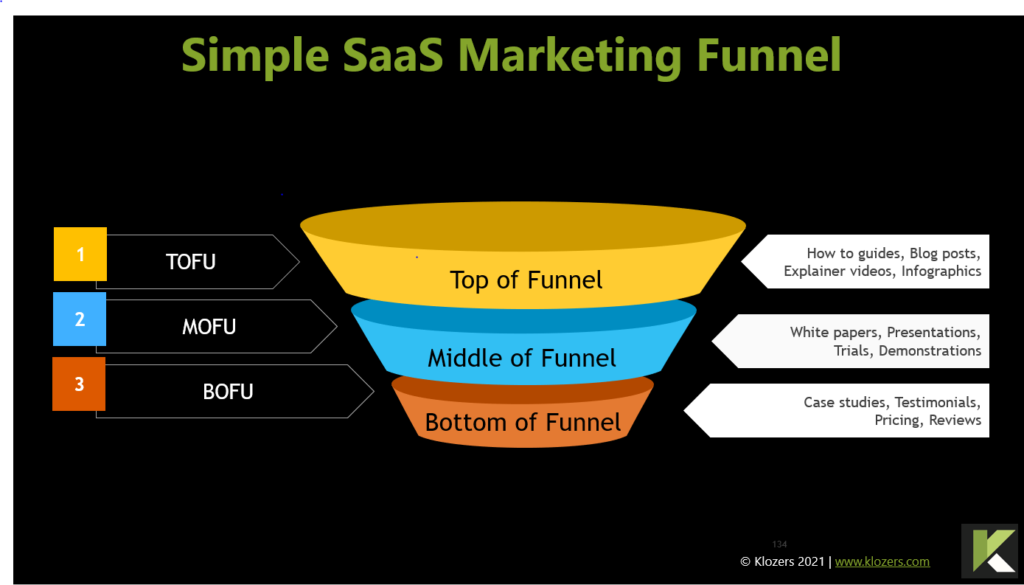
A maior parte do software de marketing rastreia agora o comportamento do utilizador no seu website e pode utilizar a pontuação de chumbo para alertar os vendedores quando for a melhor altura para chegar proactivamente aos potenciais clientes.
A partir da nossa própria experiência, o timing é quase sempre precoce e um programa de nutrição de chumbo bem definido é igualmente eficaz.
Para o fazer, deve incluir no seu marketing pelo menos três ímanes de chumbo diferentes que o ajudarão a transformar os seus visitantes da web num assinante para que possa manter-se em contacto.
5. Publicidade para encher o seu Funil de Vendas
Muitas empresas enchem com sucesso o seu funil de vendas através de publicidade. A publicidade digital amadureceu a um nível que permite um rastreio e um relatório significativos, permitindo-lhe compreender, em poucas semanas, qual será a sua Taxa de Conversão e CAC.
Em primeira instância, defendemos “Campanhas de redireccionamento”. Este é simplesmente o processo de colocar adições em frente de pessoas que já visitaram o seu website.
Estudos mostram que a reorientação é sete vezes mais eficaz do que novas campanhas e é por isso que defendemos isto como ponto de partida.
Esta estratégia funciona extremamente bem com uma forte campanha de marketing de conteúdo. O canal de adição mais popular para B2B seria o LinkedIn, no entanto, muitas empresas também se têm saído bem com o Facebook e Instagram.
Escusado será dizer que isto seria definido pelo seu público. A publicidade pode ser utilizada em funis simples para conduzir as vendas e em funis mais complexos para conduzir novas consultas para os representantes de vendas.
As vendas mais complexas podem necessitar de uma sequência definida em que os utilizadores clicam e anunciam para receber um íman de chumbo com cada chumbo a custar $3.
Se posteriormente conseguir converter 5% destas novas pistas poderá então atribuir 60 dólares por venda de publicidade ao seu CAC.
Pode construir uma sequência ou modelo rastreável a partir de qualquer actividade e não apenas de publicidade. Por exemplo, eventos, webinars e televendas permitindo-lhe compreender quais são as actividades mais rentáveis não só para encher o seu funil, mas também para se converter em encomendas.
6. Como construir um Funil de Vendas SaaS
O seu funil de vendas irá variar dependendo da sua estratégia de vendas. Está a vender a sua aplicação directamente ou está a vender através de parceiros? Em que canais decidiu concentrar-se inicialmente?
1. Identificar o seu Perfil de Prospecto Perfeito. Esta é a versão de representantes de vendas de uma pessoa de marketing. Inclui tudo o que uma pessoa de marketing incluiria, mais alguma informação adicional que ajuda as vendas a compreender e a comunicar a um nível mais profundo com o potencial cliente.
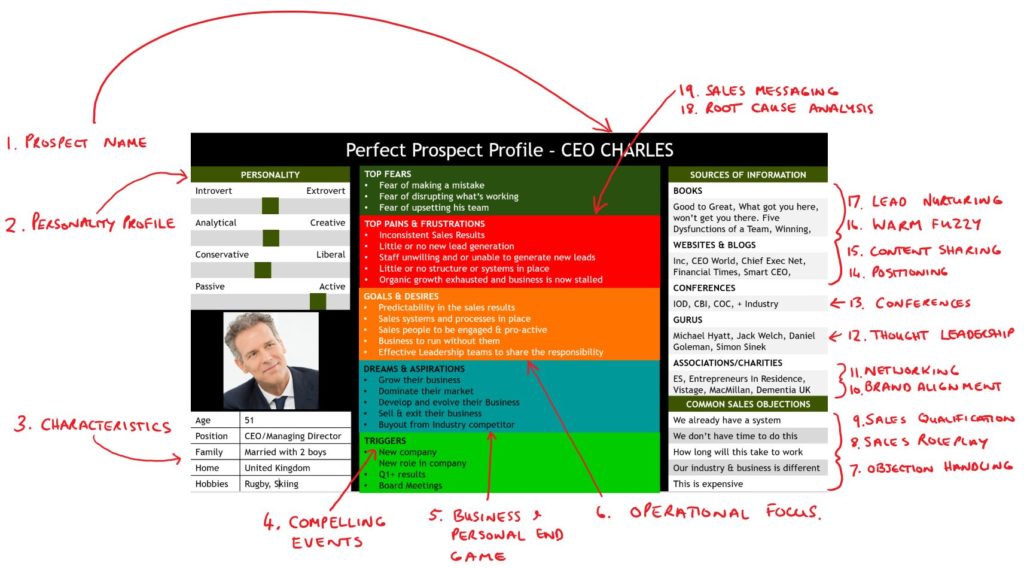
2. Construa as suas mensagens de vendas. Parte da adequação do produto/mercado é compreender que problema comercial e ou pessoal o seu produto resolve.
Na nossa experiência, os serviços SaaS de maior sucesso são soluções empresariais que resolvem problemas empresariais.
Quando compreender como isto se relaciona com o seu próprio produto/serviço a um nível profundo, poderá começar a construir as suas mensagens de vendas.
Estas são as palavras e a linguagem matizada com que provou que as perspectivas se relacionam. Não basta conhecer os seus próprios negócios e soluções, deve conhecer os seus clientes.
Deve saber exactamente como a sua solução ajuda o seu cliente a poupar dinheiro, a ganhar dinheiro e a facilitar-lhes a vida.
3. Lead Generation Campaign (Campanha de Geração de Líderes).
Uma vez identificados os seus potenciais alvos e construídas as suas mensagens de vendas, terá de começar a trabalhar numa campanha de Geração de Líderes.
Existem duas abordagens principais à Geração de Chumbo, como se segue:
a) Geração de chumbo de entrada. As campanhas de geração de leads entrantes são onde o potencial cliente em perspectiva o contacta primeiro. Pode preencher um formulário na sua página web, telefonar-lhe ou enviar-lhe um e-mail. A fim de gerar leads de vendas de entrada, terá de fazer alguma forma de criação de conteúdos, campanhas publicitárias, webinars, programas de referência ou SEO.
b) Geração de chumbo de saída. As campanhas de geração de leads de saída são onde se chega aos potenciais clientes através do telefone, correio electrónico, correio directo, eventos ou marketing baseado em contas. Campanhas de saída significa invariavelmente que terá de construir uma equipa de saída que pode ser cara.
A maioria das empresas SaaS utiliza uma combinação de entradas e saídas, no entanto, quase sempre têm ênfase em mais uma do que na outra.
Como um guia muito aproximado, os serviços SaaS que são de menor custo e dirigidos às PMEs são liderados pelo marketing e têm um enfoque predominantemente Inbound.
Os serviços SaaS que são mais dispendiosos e visam organizações de Mid Market to Enterprise terão uma abordagem mais orientada para as vendas através do Marketing Baseado em Contas.
7. Quais são as etapas de um Funil de Vendas SaaS?

As fases do seu funil de vendas são simplesmente uma série de passos pelos quais os seus potenciais clientes se movem para fazer uma encomenda.
Estas fases podem variar muito e não há nenhum funil que se possa aplicar a cada aplicação. Mesmo que as etapas sejam as mesmas, o método pelo qual se movem as perspectivas através do funil pode variar.
O seu funil de vendas é um óptimo local para começar a recolher dados, a fim de medir o desempenho e fazer melhorias ao longo do tempo.
Em geral, os potenciais clientes devem passar pelo funil de vendas o mais rapidamente possível – a isto chama-se o ciclo de vendas ou a velocidade do tubo.
Medir a velocidade que as perspectivas se movem através do ciclo permite-lhe identificar bloqueios no seu funil e áreas onde as perspectivas abrandam.
Estes pontos de “colagem” são onde se deve procurar fazer melhorias.
8. Quando é que faço a demonstração do meu produto SaaS aos clientes?
O timing das demonstrações de aplicação SaaS no âmbito do processo de vendas tem sido objecto de discussão para muitas empresas.
Infelizmente, a resposta à pergunta é “depende”. No entanto, muitas empresas fazem uma demonstração bem sucedida da sua aplicação no início do processo de vendas, mas há igualmente muitas que fazem uma demonstração no início e depois as suas perspectivas desaparecem no buraco negro do correio de voz e dos e-mails não respondidos.
Em suma, quanto mais barata e simples for a solução, mais cedo no processo se pode fazer uma demonstração e quanto mais cara e complexa for a solução, a demonstração deve ser empurrada o mais atrás possível no processo de venda.
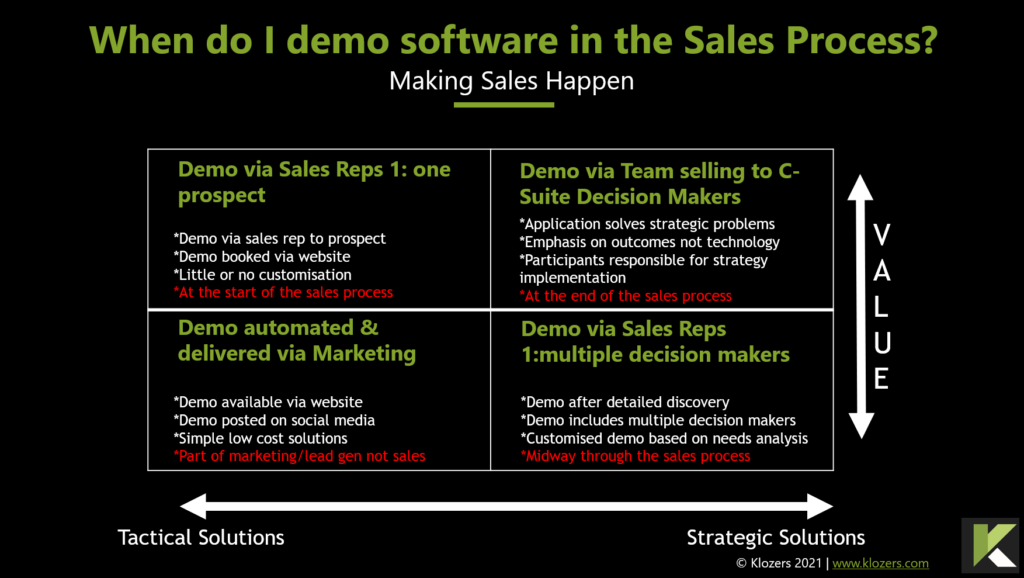
A realidade é que há uma tendência para os Empresários e vendedores se apressarem a demonstrar a sua aplicação, esperando que a demonstração convença o potencial cliente a inscrever-se.
Mesmo que o potencial cliente em perspectiva seja qualificado e tenha um bom ajuste, uma demonstração sem qualquer forma de diagnóstico da dor do potencial cliente em perspectiva corre o risco de perder o potencial cliente em perspectiva.
A sua perspectiva precisa de saber que você sabe e que compreende o mundo deles. Isto só pode ser conseguido através de interrogatórios inteligentes e direccionados. Se quiserem acelerar a venda, abrandem a venda.
A demonstração é normalmente o maior ponto de alavancagem dos vendedores e, se a entregarmos em breve, perderemos a vantagem e, com toda a probabilidade, o potencial cliente.
Como regra geral – empurre a demonstração da aplicação o mais longe possível no seu processo de vendas.
As demonstrações custam tempo e dinheiro, especialmente para vendas complexas onde, na maioria das vezes, é necessária uma demonstração por medida.
Qualquer demonstração por medida deve ser entregue apenas aos decisores seniores da equipa de potenciais compradores. Se for apropriado, pode mesmo ter duas demonstrações dentro do processo de venda – não há regras a não ser se funcionar, faça-o.
A maioria dos representantes de vendas comete o erro de utilizar esta parte do processo de venda para explicar os benefícios do produto com mais detalhe.
Quando se está a dizer que não se está a vender. Use perguntas inteligentes de sondagem para que o potencial cliente lhe diga como a solução resolverá a sua dor comercial.
Deve-se evitar falar de características que se considere relevantes para eles. Se não descobriu isto na fase de descoberta do processo de vendas, é inerentemente arriscado introduzir algo de novo mais abaixo no processo.
Para soluções mais simples e de preço mais baixo, descobrirá que estão agora prontos para fazer um teste, enquanto que para as soluções mais caras e complexas, irão agora envolver-se com um representante de vendas.
A fim de demonstrarem que empreenderam a devida diligência, falarão sempre com dois ou três potenciais fornecedores.
Isto não é necessariamente para bater um fornecedor no preço, mas por vezes precisam de validar ao grupo de compras mais vasto dentro da sua organização porque é que têm uma preferência.
Os ensaios de aplicação são também uma boa forma de conseguir que os utilizadores se inscrevam, no entanto, a taxa de conversão dos ensaios para fechar é geralmente fraca na maioria dos casos SaaS.
Dependendo do preço, poderá oferecer um teste gerido, para que eles possam avaliar o seu software enquanto você os gere mais abaixo no processo de vendas.
Durante um ensaio, o potencial cliente pode ver como o produto irá funcionar para eles na prática. É importante cronometrar sabiamente o julgamento e assegurar-se de que concordou antecipadamente com o que acontece se o julgamento for bem sucedido.
Criámos o gráfico acima para tentar explicar visualmente como isto poderia funcionar para a sua organização.
Vale a pena notar no exemplo, a maioria do seu CAC será marketing, enquanto que no funil mais complexo, os seus custos incluirão marketing, vendas + embarque de clientes.
9. Exemplos do Funil de Vendas SaaS
Os funis de venda abaixo são exemplos. NÃO os deve replicar a menos que se enquadrem no seu processo de vendas.
São concebidos para serem um ponto de partida para quem procura desenvolver um funil de vendas.
Como se pode ver no gráfico, existem muitas alternativas às fases que compõem o seu funil de venda, dependendo do tipo de funil que está a criar.
Para funis puramente digitais, poderia ter:
Lead Magnet Landing page – onde os prospectos chegam depois de clicar no seu anúncio
Página de confirmação – confirmando a sua oferta gratuita, teste ou compra
Página Upsell – onde os potenciais clientes têm a oportunidade de acrescentar serviços adicionais ou actualizar
Página de checkout – onde os potenciais clientes pagam pelo serviço
Página de parabéns ou de agradecimento – onde pode assinar os prospectos de correio com os próximos passos apropriados.

10. Métricas de funil de venda SaaS
Quando se trata de métricas, acreditamos que estas são as métricas comuns das operações de vendas e KPIs com as quais a maioria das pessoas está familiarizada. Escusado será dizer que estas métricas são importantes e que deve registar e relatar sobre elas.
LTT – Conduzir à conversão experimental
Este é o número de pistas que se converteram a um julgamento.
DCR – Taxa de conversão de demonstração
O número de demonstrações que se convertem com sucesso para a fase seguinte do processo de vendas.
TTS – Conversão de ensaio para venda
Este é o número de clientes potenciais no teste gratuito que se converteram em clientes pagantes.
LTV – Valor Vitalício de Vida do cliente
Este é o valor total médio que um cliente irá gastar antes de deixar o serviço. Ironicamente, isto pode ser mais difícil de medir quanto melhor for o seu produto porque, sem que os clientes o deixem, não saberão quanto tempo ficarão e o seu valor total para o negócio.
Churn – Número de clientes que saem
Os clientes irão embora e isso nem sempre é uma coisa má. Se os clientes que saem se adequam ao seu PIC (Perfil de Cliente Ideal) então tem um problema. Os clientes que saem que não se encaixam no seu PIC podem estar a libertar recursos valiosos que podem ser gastos no seu PIC.
MRR – Receitas mensais recorrentes
As receitas mensais recorrentes dão-lhe uma visão geral do seu sucesso, no entanto, é apenas uma visão geral e precisa de olhar para os detalhes dentro dos dados para obter uma imagem mais precisa.
ARR – Receitas anuais recorrentes
As receitas anuais recorrentes dão uma boa visão geral do negócio, mas tal como o MRR deve estudar todos os dados para obter uma imagem mais precisa da saúde do seu empreendimento.
Ciclo de vendas – O tempo desde o contacto inicial até uma encomenda fechada
Isto é tipicamente curto para soluções mais simples de menor valor e mais longas para vendas complexas de empresas. Por exemplo, uma venda a um banco Tier 1 pode demorar 18 meses desde o contacto inicial até ao fecho.
CAC – Custo de aquisição do cliente
É importante compreender quanto custa a aquisição de um único cliente. Num mundo ideal, descobriria isto nas fases iniciais do negócio quando estiver a provar a proposta de valor. Sem este número é impossível colocar os sistemas e processos à escala do negócio, pois não se saberá quanto se pode gastar no marketing e vendas front-end.
Churn Negativo –
A rotatividade negativa é uma poderosa métrica de crescimento que indica que as receitas provenientes da venda em alta e da venda cruzada dos clientes existentes tiram as receitas perdidas quando os clientes saem.
11. Apresentação de propostas SaaS
Após a demonstração final, nunca se deve oferecer para enviar uma proposta.
As propostas custam tempo e dinheiro e, se o seu potencial cliente estiver interessado, ele irá pedir-lhe uma proposta.
Se o seu potencial cliente não lhe pedir uma proposta, então diz-lhe que não está interessado em trabalhar consigo e que precisa de voltar a subir no processo de vendas para compreender onde errou.
Quando o processo de vendas pára, raramente é devido a algo que se fez mal nesse momento – mais frequentemente, é algo que se perdeu mais cedo no processo de vendas.
Certifique-se de que está confiante de que todos os benefícios do software lhes foram claramente explicados e mapeados contra as suas necessidades declaradas.
Sempre que possível, peça sempre ao seu Cavaleiro Branco que o ajude a co-criar a proposta e sentido verificar uma versão preliminar com eles antes de enviar a cópia oficial.
Antes de enviar a sua proposta deve ter uma compreensão clara de quais são os próximos passos, se ganhar ou perder.
Sem isto é muito provável que passe os próximos três meses a perseguir fantasmas no correio de voz.
12. Fixação do preço dos seus contratos SaaS
Muitas empresas fornecem preços limitados ou nulos no seu website porque não querem que os seus concorrentes vejam os seus preços, ou pensam que isso afugentará potenciais clientes.
Deve estar orgulhoso do seu preço e do valor que traz. Deixe que a concorrência o subcotar e amarre todos os seus recursos em negócios não lucrativos.
As pessoas raramente compram a solução mais barata, por isso permita que os seus prospectos o subcotuem.
Se ainda está ansioso por ter os seus preços no seu website, então pense em como se sente quando está a pesquisar uma solução em que está interessado apenas para encontrar a página de preços está repleta de POA.
Se for como a maioria das pessoas, acha isto realmente irritante e passa rapidamente para o próximo fornecedor potencial.
Finalmente, outra vantagem de exibir orgulhosamente os seus preços é que qualifica qualquer pessoa que não esteja preparada para investir a esse nível.
Isto pode poupar-lhe muito tempo e recursos com perspectivas que simplesmente têm um nível orçamental diferente.
Existem numerosas estratégias de preços à sua disposição, no entanto, pela nossa experiência, a única coisa que é garantida, é que irá alterar os seus preços.
Como regra básica, se os seus preços forem fixados demasiado altos para um contrato a curto prazo ou um ensaio pago, a perspectiva pode não conseguir usufruir de todos os benefícios do software antes do contrato chegar ao fim, e podem decidir não renovar.
Sempre que possível, deverá recompensar os potenciais clientes durante o período experimental por acrescentarem informações e utilizarem o serviço.
Por exemplo, oferecer um ensaio mais curto e incentivar os utilizadores se completarem o seu perfil/contabilização.
Oferecer um período gratuito adicional encoraja-os a utilizar o produto, por exemplo, se carregarem dados para o sistema.
A ideia é “entrar” passo a passo nos seus novos utilizadores e tornar o seu produto tão pegajoso quanto possível.
Se o potencial cliente em potencial quiser avançar, deve utilizar contratos com assinatura digital para acelerar o processo de venda.
Nunca enviar contratos em e-mails ou links para contratos digitais, pois estes podem ser facilmente ignorados.
Providenciar para que o prospecto seja contactado ao telefone e falar através do contrato com eles. Uma vez que tenham concordado com tudo no contrato, basta pedir-lhes que assinem enquanto o cliente os tem ao telefone.
Desta forma, mantém o controlo do processo de venda.
13. Porque é que o funil de venda é tão importante para os fornecedores de SaaS
Muitas empresas falharam após terem lutado para implementar um funil de vendas. A comercialização e venda de produtos SaaS pode ser incrivelmente desafiante, e as probabilidades de os seus clientes alvo já estarem sobrecarregados com ofertas de fornecedores de software concorrentes.
Pense em que parte do orçamento existente dos compradores vai ganhar receitas. A que concorrentes directos ou indirectos retirará o orçamento?
Pode estar a competir com algumas das maiores e mais poderosas marcas do mundo que estão a fornecer soluções genéricas para os mesmos problemas que resolve.
Isto significa que precisa de oferecer algo distinto que os seus clientes realmente exigem.
Um estudo da CB Insights disse que 42% das start-ups SaaS falham porque estão a oferecer produtos de que os seus clientes alvo não precisam.
Convencer potenciais clientes o seu software oferece um valor genuíno é essencial.

14. Gerir as expectativas
A criação de um funil de vendas tem tudo a ver com a construção de uma viagem desde o visitante da web, até ao assinante, passando por demonstrações e trilhos e terminando com a assinatura do contrato.
O seu funil de vendas deve enfatizar cada uma das fases-chave pelas quais os seus potenciais clientes viajarão no seu caminho para um acordo a ser feito.
Esteja aberto, com antecedência e partilhe as fases do processo com as suas perspectivas.
Deve prestar muita atenção a quaisquer pontos de fricção que possam ocorrer à medida que os seus potenciais clientes viajam através do seu pipeline de vendas.
Isto dar-lhe-á a oportunidade de fazer melhorias no seu funil, avançando.
O mais importante é que registe todos os pontos de dados no seu funil de vendas.
Isto irá ajudá-lo a tomar decisões sobre factos e não sobre os seus sentimentos instintivos. Pode levar tempo para que o seu funil de vendas se torne totalmente eficaz, e pode precisar de fazer vários aperfeiçoamentos antes de ter um funil de vendas verdadeiramente optimizado.
Muitos clientes não têm uma compreensão rica do que precisam quando o encontram pela primeira vez. Fornecer soluções e não apenas produtos, ajudando os potenciais clientes a fazer a ligação entre os dois.
O que também é verdade é que os utilizadores compram frequentemente o que querem e não o que precisam.
É por isso que é tão importante fazer perguntas específicas para que possa determinar com precisão quais são as suas necessidades, para que possa posicionar o seu software da forma mais favorável.
Estas perguntas também lhe dirão quão perto ou distante estão de tomar uma decisão.
15. A Ascensão das soluções SaaS
Parece que tudo no mundo é agora alimentado online por Aplicações SaaS. Desde Netflix e Amazon Prime até LinkedIn e Microsoft M365 estamos agora rodeados de soluções SaaS de uma ou outra descrição.
Financeiramente SaaS faz sentido, uma vez que evita despesas de capital pesadas à partida e desrisca a solução.
Afinal de contas, se não funcionar, normalmente só se fica trancado dentro de um máximo de 12 meses. Outras vantagens do SaaS incluem a forma como é normalmente rápido de implantar e não requer manutenção por parte do cliente.
As actualizações são normalmente entregues automaticamente, sendo geralmente oferecidos níveis garantidos de serviço aos clientes.
Os backups e a recuperação de dados são geralmente realizados em nome do cliente, para que se possam concentrar no que fazem melhor, seguros de que tudo está a ser tratado pelos próprios programadores de software.
Bloqueio tem turbo SaaS carregado
O trabalho à distância estava em ascensão mesmo antes da pandemia, pelo que o facto de os produtos SaaS permitirem que os indivíduos trabalhem e colaborem a partir de qualquer lugar só serviu para incorporar o SaaS ainda mais profundamente na nossa vida quotidiana.
Há milhares de novos produtos SaaS a serem desenvolvidos em todos os países do mundo, pelo que a concorrência é feroz, no entanto, não há um fim aparente para o apetite dos consumidores e das empresas por soluções SaaS.
Um funil de venda coerente poderia ser a diferença entre o seu produto ser um sucesso viral e ser forçado a regressar à prancheta de desenho.


